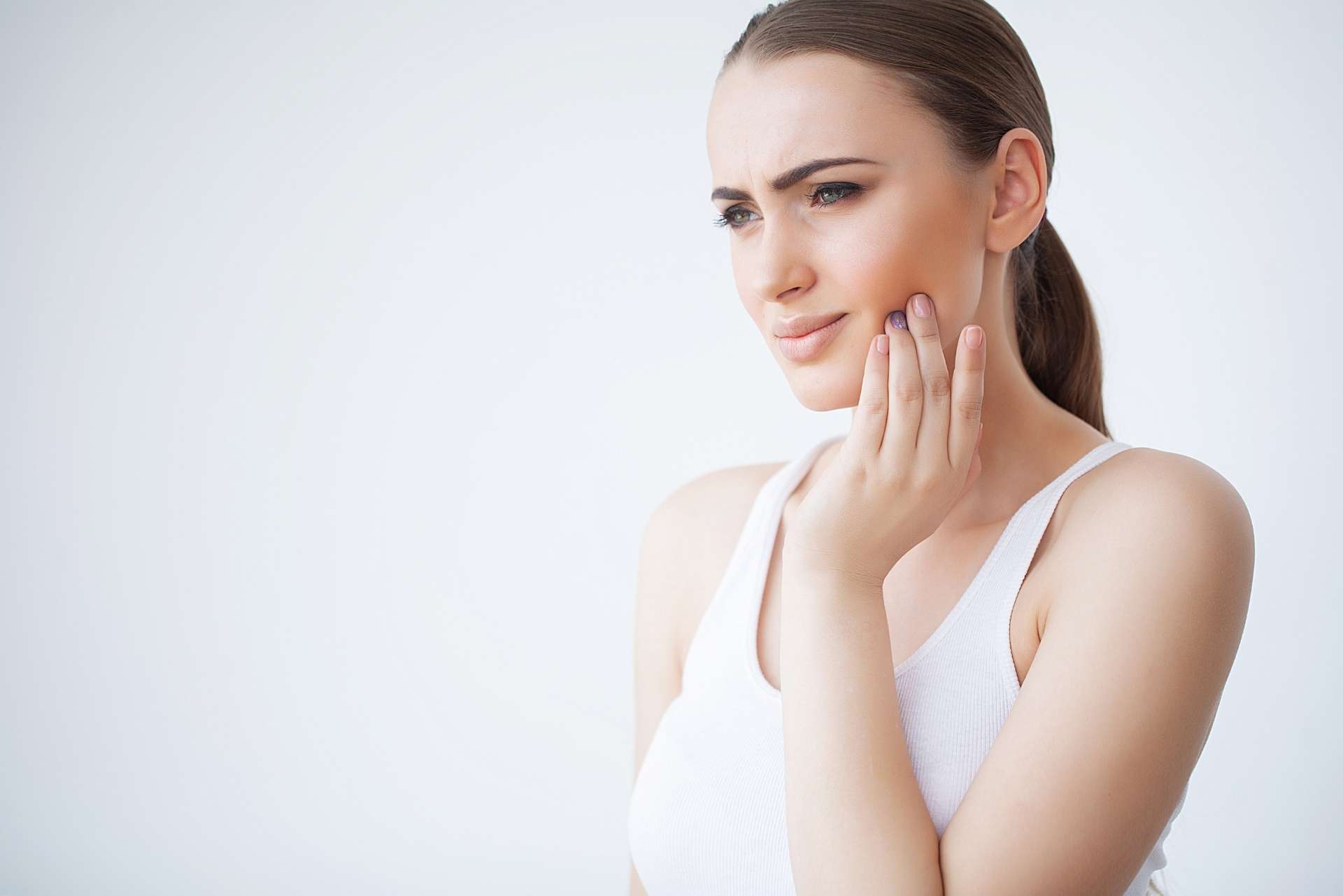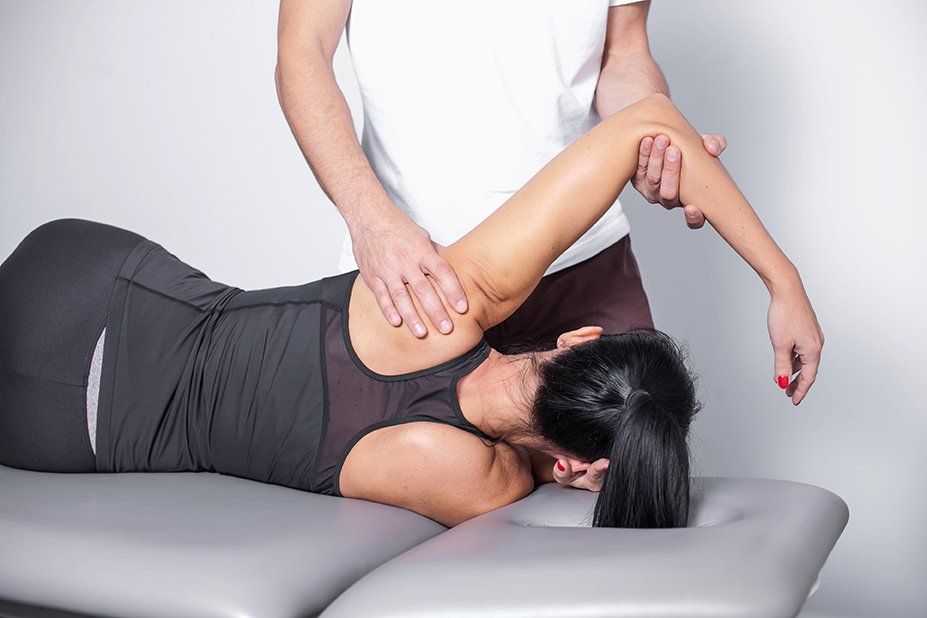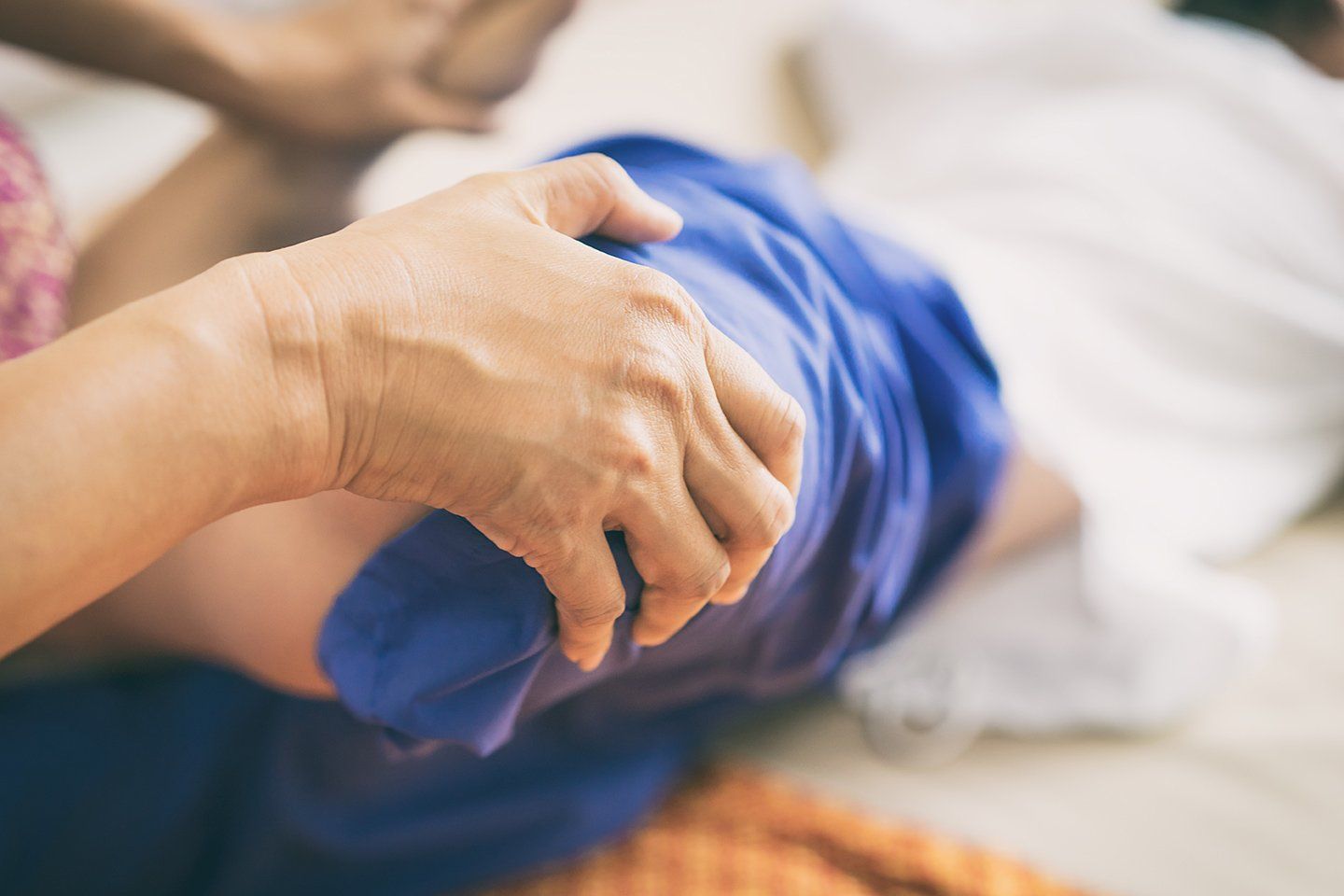Temporomandibular Joint Dysfunction
TMJ Symptoms and Treatment
- headaches
- earaches
- soreness or tenderness clicking or locking of the jaw
- dizziness
- neck pain or stiffness
- difficulty opening the mouth
COGNITIVE-BEHAVIOURAL THERAPY
This therapy is directed toward exploring and altering the thoughts, beliefs, and attitudes associated with the problem that may be preventing or negatively affecting recovery.
BIOFEEDBACK
This is a treatment method that provides continuous feedback. It involves using surface electrodes or temperature of the skin to measure the electrical activity of a muscle. You perform relaxation exercises aimed at either lowering the electrical activity of the muscle or raising skin temperature. Repetitive practice using the biofeedback instrumentation provides training for you to achieve a more relaxed state and also a greater sensitivity to the activities that have adverse effects.
PHYSIOTHERAPY
is sometimes used as a adjuvant to other methods of treatment in TMD. There are many different approaches described, but exercises aiming to increase the range of mandibular movements are commonly involved. Jaw exercises aim to directly oppose the negative effects of disuse that may occur in TMD, due to pain discouraging people from moving their jaw. After initial instruction, people are able to perform a physical therapy regimen at home. The most simple method is by regular stretching within pain tolerance, using the thumb and a finger in a "scissor" maneuver. Gentle force is applied until pain of resistance is felt, and then the position is held for several seconds. Commercial devices have been developed to carry out this stretching exercise (e.g. the "Therabite" appliance). Over time, the amount of mouth opening possible without pain can be gradually increased. A baseline record of the distance at the start of physical therapy (e.g. the number of fingers that can be placed vertically between the upper and lower incisors), can chart any improvement over time. It has been suggested that massage therapy for TMD improves both the subjective and objective health status. "Friction massage" uses surface pressure to causes temporary ischemia and subsequent hyperemia in the muscles, and this is hypothesized to inactivate trigger points and disrupt small fibrous adhesions with in the muscle that have formed following surgery or muscular shortening due to restricted movement.
OSTEOPATHIC MANIPULATIVE TREATMENT (OMT)
used by some osteopathic physicians (D.O.’s), is also used to treat TMD. OMT is a non-invasive manual treatment, similar to physical therapy, that uses precise forces applied by the physician to improve the function of muscles and ligaments and to optimize blood flow to an area Like other manual therapies, OMT can improve symptoms of TMD OMT has been shown to improve maximal mouth opening and maximal mouth opening velocity.
OMT has also been shown to be as effective as conventional conservative therapy in reducing pain and improving function, and may also reduce the need for NSAID and muscle relaxant medications. Occasionally physiotherapy for TMD may include the use of transcutaneous electrical nerve stimulation (TENS), which may override pain by stimulation of superficial nerve fibers and lead to pain reduction which extends after the time where the TENS is being actually being applied, possibly due to release of endorphins. Others recommend the use of ultrasound, theorized to produce tissue heating, alter blood flow and metabolic activity at a level that is deeper than possible with surface heat applications. Low level laser therapy a controversial treatment using lasers at levels which do not kill cells within the target tissues. "Laser photobiomodulation" is theorized to reduce TMD pain and give anti-inflammatory effects.
The mechanisms of action are not thought to be related to the generation of heat in the tissue, but rather via a promotion of cellular and tissue alterations which increase the recovery and healing potential of the tissue). Low level laser therapy may be effective in reducing TMD pain There is some evidence that some people who use nighttime biofeedback to reduce nighttime clenching experience a reduction in TMD.
SERVICES
QUICK LINKS
CONTACT
(780) 215-0570
reception@blackgoldptclinic.com
8530 Manning Ave, Fort McMurray, Wood Buffalo, AB, Canada
(780) 215-0570
reception@blackgoldptclinic.com




